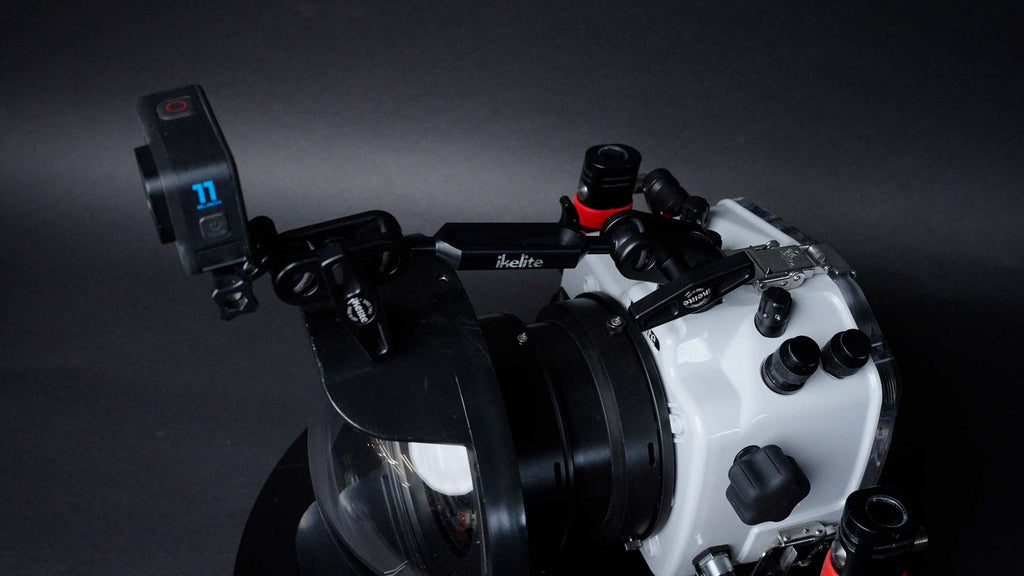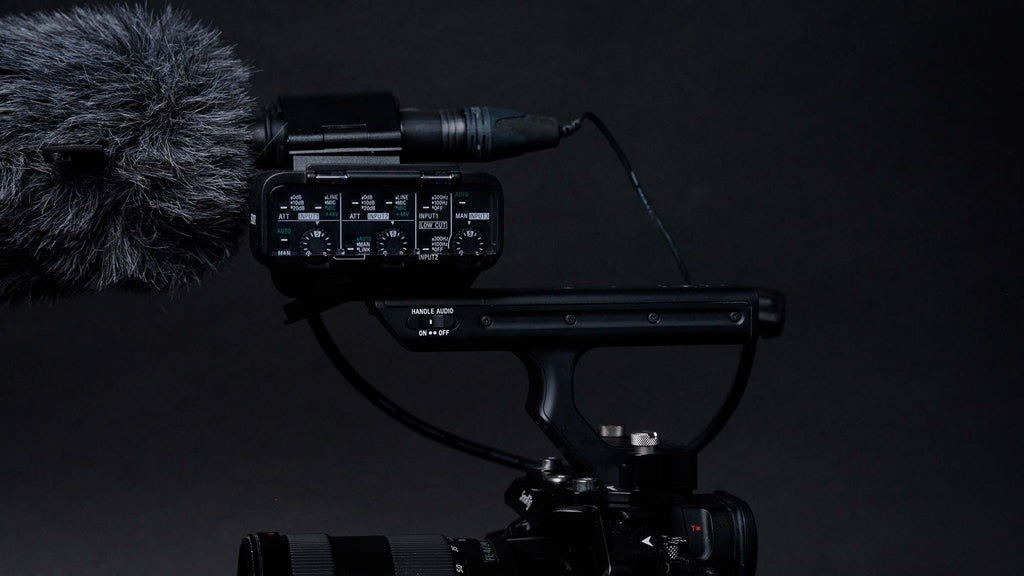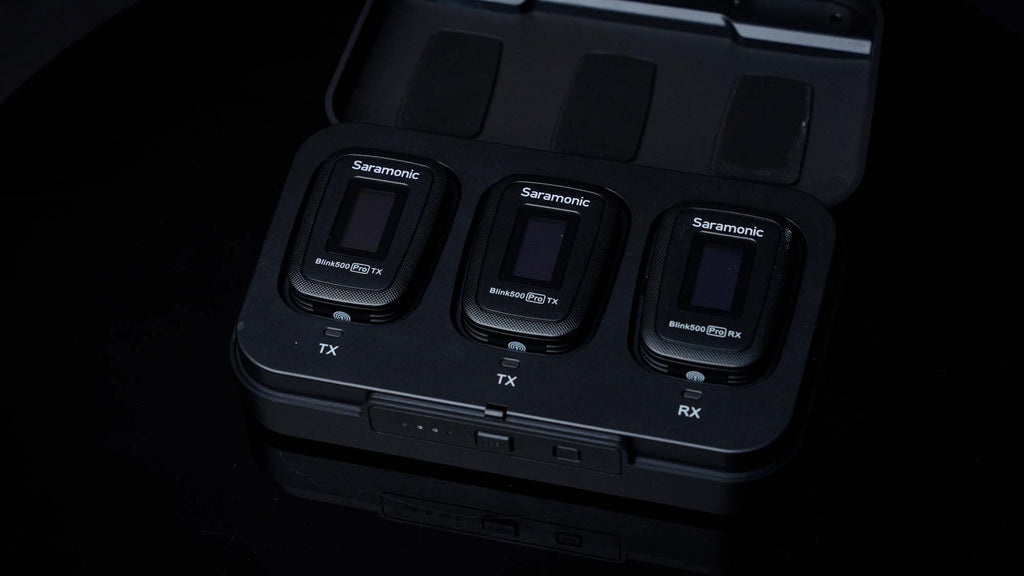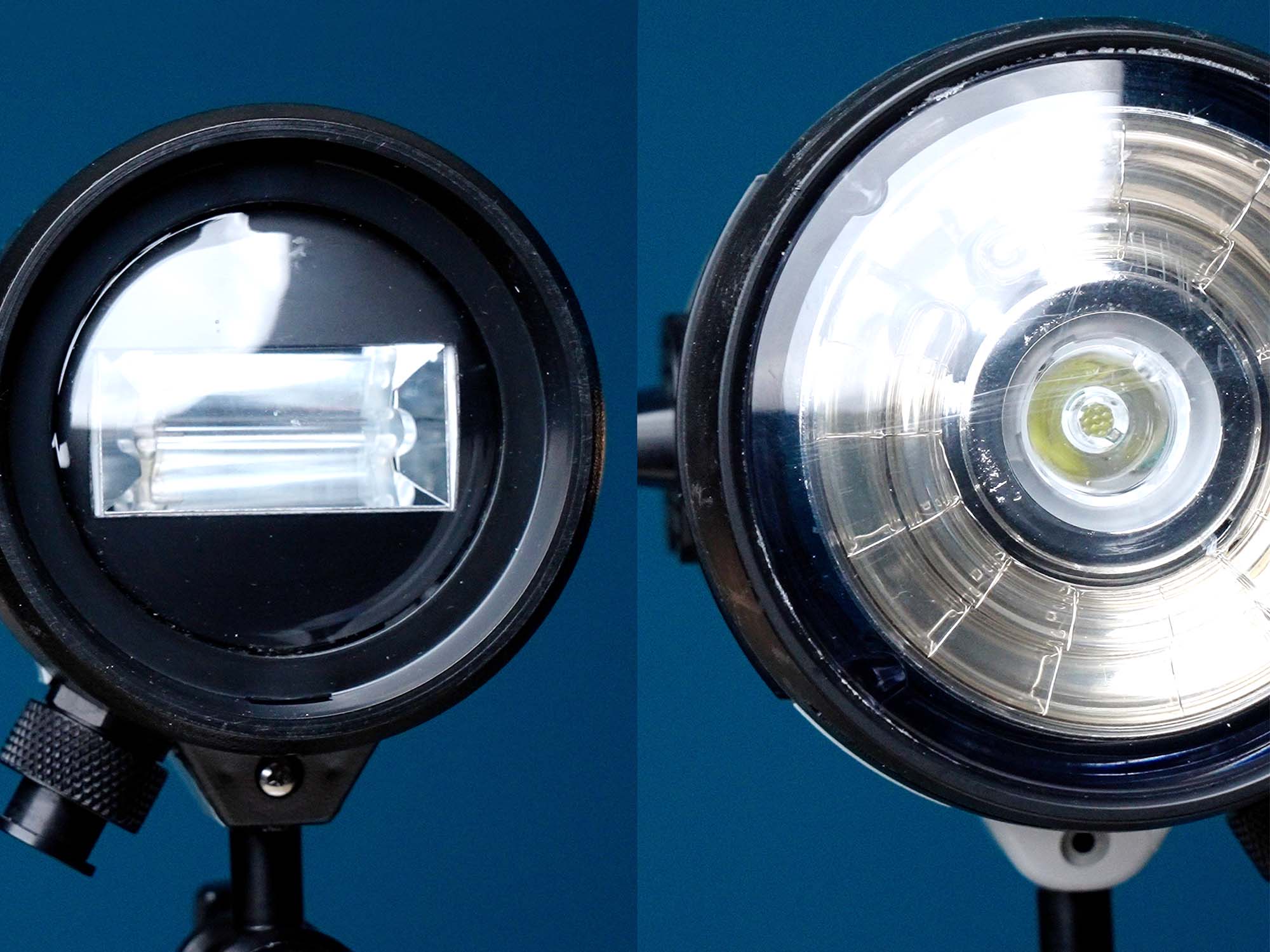Resident video producer Logan Wood recently traveled to the Arctic Circle to film with Ikelite Ambassador Jacques de Vos. Logan walks through all the equipment he brought. This includes his 200DL Underwater Housing for the Sony a1 for shooting orcas underwater as well as his audio equipment and accessories for topside documentary style work.
Prefer to read the article version instead? Scroll down.
Back in December I went up to northern Norway for an expedition to freedive with orcas led by Ikelite Ambassador Jacques de Vos. While I was there I filmed an episode of our Stories from the Field series, telling Jacques’ story as a photographer.
Today I'm just going to run through my underwater and topside gear that I brought with me to give a little bit of an insight into what worked and what didn't work for me for this type of shooting. I shot video, photos, time lapses, and interviews. So this covers the variety of gear necessary to film anything from underwater footage to audio for run-and-gun shooting.
Hard Rolling Case
Alright, so I'll start with the case. This is a Nanuk 955 which was great and held everything really well. Open it up and you can see it's got dividers in the bottom as well as pockets up here in the top, which really helped create just kind of a home base for all of my gear.
Underwater Housing
I'll start off with my underwater camera rig. For this shoot I was shooting on the Sony a7S III. This is my main camera for really everything that I do. But specifically for this shoot, it really helped because it's great in low light. So I was able to bump it up to ISO 16,000 and still get a really great image.
I paired that with the Sony FE 16-35mm F2.8 GM, which is just a really great lens for underwater. And I had it open all the way up at F2.8 most of the time because it was so dark.

This is what the system looks like altogether. I'd say this is a great system for scuba diving. In hindsight, freediving would have been easier with a smaller prime lens and a Compact 8" Dome Port with shorter extensions.
All of that lived inside of the Ikelite 200DL Underwater Housing for the Sony a7S III and a1. Nothing too special here, I've just got trigger extensions and the optional USB-C Bulkhead, which was really nice for offloading footage and charging my camera throughout the day without taking the camera out of the housing.
With the housing, I also had the full size DL 8" Dome Port, which is typically my go-to. For freediving, I think maybe the Compact 8" Dome Port would have been better, but it worked really well. Two port extensions are required for the 16-35mm lens.
On top of the housing I had a GoPro Hero 11. Now, I didn't really use this for the video or photos from the GoPro. I really just wanted the audio from it so I could sync it to the camera while I was inside the housing so I could get clean video with clean audio. It's a little tedious, but it ended up working out pretty well, so I'm happy with that. And I attach that to the housing was just a simple, just a simple little arm. So it sat up there really nicely. Then of course I had the dual tray and handle.
And you can check out Jacques’ setup, which is a little bit better for this kind of shooting.
I also always travel with the vacuum pump to pull a vacuum on my system and check for leaks before I went diving.

The Peak Design Tripod held really, really strong. It’s light, it packs down well, and I can't say enough good things about it.
Topside Camera
I found myself shooting a lot of topside throughout the trip. I shot most of the video and stills with the Sony a1. I really chose this camera for one reason, and that's because it is compatible with the 200DL Underwater Housing for the Sony a7S III. So if something were to go wrong with the a7S III camera, I would have a backup.
The a1 is a great stills camera and really capable video camera. The ISO only went up to 32,000, so I was really pushing it for a lot the nighttime shots... and it was night for most of the trip.
Most of the time I was shooting that with the Sony FE 24-105mm F4 G OSS lens, which is just a really great focal range. I knew that I could get what I needed at any time so that was really great.

The Sony XLR Top Handle is a great base for attaching a Røde shotgun microphone. Unfortunately it snapped off my camera when a big wave hit.
Audio Recording Gear
For audio I was using the Sony XLR top handle with the Rode NTG5 Shotgun Microphone. This was a great setup. It blocked out all the wind, isolated voices really well, and I really couldn't have asked for a better mic setup.
However, this is not the same top handle that I had on my trip because about two days into the trip mine snapped in half. So I hit a big wave, fell forward and it completely snapped, which was not ideal. So Plan B was the Saramonic wireless lavalier microphones, and they worked fine.
Tripod
I packed the Peak Design Travel Tripod, which I've used for a few years now. Specifically for some of the nighttime shots of the Northern Lights and stuff like that. This thing held really, really strong. It’s really light, it packs down well, and I can't say enough good things about it.

This set of Saramonic wireless lavalier microphones was essential to continue shooting interviews on the boat.
Spare Parts
The rest of the case was filled out with a few extra things. NOVUS Polish in case I got a scratch in my dome. A blower for the sensor. A foreign plug converter... definitely necessary.
I brought a Samsung T9 SSD and as well as a Lacie hard drive to backup everything.
The only thing that didn't fit in the Nanuk case to keep it under 50 lbs (22.7 kg) was my spares bag that I have. This just has tools, O-rings, screwdrivers, and really anything that I would need extra.
The Results
Freediving with Orcas // Following a Dream To Norway [VIDEO]
My Arctic Ikelite System // Jacques de Vos' Underwater Housing Gear [VIDEO]
Additional Viewing
Using Ikelite Housings in Arctic Cold or Extreme Heat
The Importance of Hitting the Water with a Shot in Mind [VIDEO]
Sony a7S III Underwater Video Sneak Peek [VIDEO]
Sony a1 Photos from the Pacific Northwest with the Ikelite Underwater Housing
Sony a1 and a7S III 200DL Underwater Housing Assembly [VIDEO]
River Junkie: Underwater Photography in the Freshwaters of Switzerland
Colors in Cold Water: 6 Tips for Shooting Macro in Southern California











![Norway Expedition Gear Packing // Underwater & Topside Camera Rigs [VIDEO]](http://www.ikelite.com/cdn/shop/articles/packing-for-norway-expedition-ikelite-housing.jpg?v=1708050460&width=1500)
![Add a Handle & Stabilizing Tray to your Olympus PT-059 Underwater Housing [VIDEO]](http://www.ikelite.com/cdn/shop/articles/Olympus_PT-059_copy_1.jpg?v=1705674379&width=2000)
